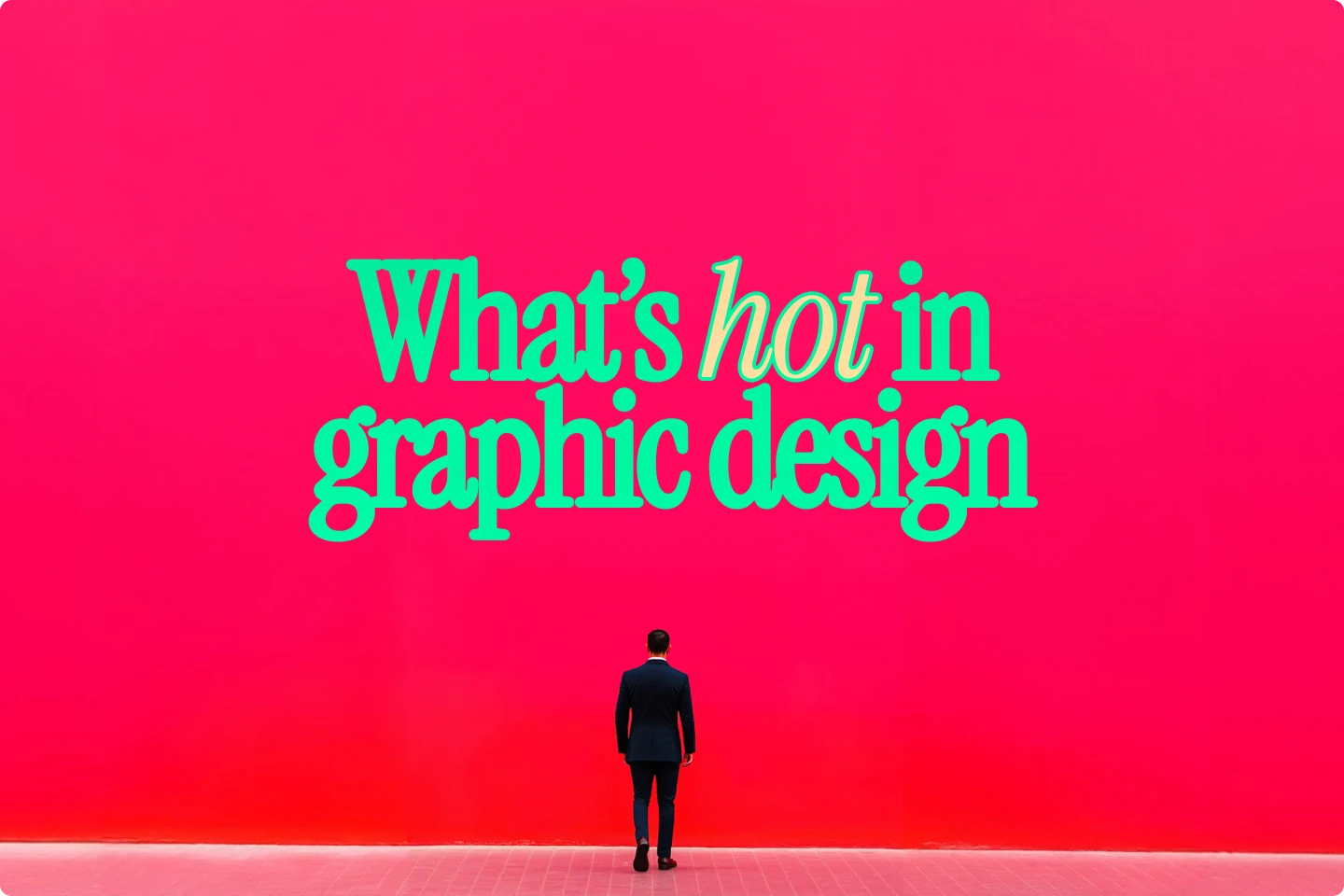8 design books that every creative person should read


If you love design in any form, you will love reading these books.
Every designer—whether you’re just starting out or deep into your career—hits a point where they need fresh inspiration. Maybe you’re feeling stuck on a project, questioning your style, or just looking for ways to refine your craft. That’s where design books come in.
In an industry that’s always evolving, books provide something you don’t always get from scrolling through social media or watching tutorials: depth, structure, and perspective. They introduce you to timeless principles, showcase groundbreaking work, and remind you why design matters in the first place.
Whether you’re interested in graphic design, illustrations, packaging design, or product development, the right books can push your creativity further and give you a new way to approach your work.
Some books focus on technical skills, others explore design history, and a few challenge the way we think about design altogether.
This list is a mix of all three. These reads will help you sharpen your skills, expand your knowledge, and see design through a fresh lens.
1. The Graphic Design Idea Book

If you’re just getting started in graphic design, The Graphic Design Idea Book by Steven Heller and Gail Anderson is an excellent starting point.
This book is designed to be simple, direct, and packed with inspiration. Each page introduces a different graphic design concept and pairs it with real-world examples from legendary designers. You’ll learn about typography, layout, branding, and visual storytelling in a way that is easy to digest.
One of the standout examples in the book is the identity system designed by Paula Scher for the Philadelphia Museum of Art. The logo changes and adapts in creative ways depending on the exhibition, demonstrating how transformation can make a brand feel dynamic and engaging.
What makes this book so valuable is that it doesn’t overwhelm you with theory. Instead, it presents bite-sized design lessons that you can immediately apply to your own work.
2. The History of Graphic Design

Every designer, no matter their skill level, can benefit from understanding the history of their field. The History of Graphic Design by Jens Müller is an essential book for anyone who wants to explore how design has evolved over time.
This book covers everything from late 19th-century print advertisements to contemporary digital design. It breaks down different artistic movements like Art Nouveau, Bauhaus, and Swiss design, and shows how they influenced the way we create visual communication today.
One of the most interesting sections focuses on the New York Subway System’s signage, which was developed in the 1960s by designers Massimo Vignelli and Bob Noorda. Their work revolutionized wayfinding and is still referenced in modern design projects today.
This book is more than just an archive of old design work. It helps you see the connections between different styles and ideas so you can draw inspiration from the past and apply it in new ways.
3. 100 Ideas That Changed Graphic Design

If you like the idea of structured lessons but want something a little more in-depth, 100 Ideas That Changed Graphic Design by Steven Heller and Veronique Vienne is a great option.
Unlike The Graphic Design Idea Book, which focuses on single examples, this book presents multiple examples for each concept. It covers a wide range of topics, from typography to branding, advertising, and even experimental design. Some ideas are simple, like the concept of minimalist packaging, while others explore more advanced topics like supergraphics and optical illusions.
What makes this book particularly useful is its emphasis on practical application. Instead of just showing cool designs, it explains why certain ideas were groundbreaking and how they influenced the industry.
4. Oh S**t, What Now? – Honest Advice for New Graphic Designers

Most graphic design books focus on creative techniques, history, or inspiration. But what about the realities of working in the design industry? That’s where Oh St, What Now? by Craig Oldham comes in.
This book is a brutally honest guide to what it’s like to be a graphic designer in the real world. It covers everything from impostor syndrome and creative burnout to building a portfolio and dealing with difficult clients.
What makes this book different from traditional design textbooks is its conversational tone. Oldham doesn’t sugarcoat things. He openly talks about the struggles that many designers face, while also offering practical advice on how to navigate them.
If you’re thinking about turning your love for design into a career, this book is essential reading. It will help you set realistic expectations while also giving you the confidence to push forward.
5. The NASA Graphic Standards Manual

The NASA Graphic Standards Manual, originally released in 1975, is a masterclass in branding and visual identity design. Created by designers Richard Danne and Bruce Blackburn, this manual outlined NASA’s entire visual identity system, from logos and typography to color palettes and applications across different media.
At first glance, it might seem odd that a government agency would have such a meticulously designed brand identity. But that’s exactly what makes this book so fascinating. It shows how good design can make an organization feel cohesive, modern, and authoritative.
Even though this manual was created nearly 50 years ago, its principles are still relevant today. The minimalist, bold aesthetic of NASA’s famous "worm" logo is a perfect example of how simplicity and clarity can make a brand instantly recognizable.
For anyone interested in branding or corporate identity design, this book is an absolute must-read.
6. Logo Modernism

If you’re fascinated by branding and logo design, Logo Modernism by Jens Müller is one of the most comprehensive books on the subject.
This book is huge—both in size and in the amount of information it covers. It showcases thousands of logos from the 1940s to the 1980s, breaking them down into different design styles and categories.
What makes this book so valuable is its analysis of what makes a logo timeless. Many of the logos featured in the book were designed decades ago, yet they still feel fresh and modern today. It’s a powerful reminder that simplicity, balance, and strong visual identity never go out of style.
If you’re working on a branding project or just want to improve your ability to analyze logo design, this book is an essential resource.
7. Soft Electronics: Iconic Retro Design for Household Products in the 60s, 70s, and 80s

Design trends come and go, but some styles are so bold and innovative that they never really fade. Soft Electronics by Jaro Gielens takes a deep dive into the colorful, retro-futuristic, and often playful world of household electronics from the 1960s to the 1980s. If you’ve ever been fascinated by the rounded forms, bright plastics, and quirky aesthetics of vintage tech, this book is a visual treat.
At first glance, an old alarm clock or vacuum cleaner from the ‘70s might seem like just a relic of the past, but this book makes a strong case for how these objects influenced modern product design.
Gielens presents these objects as milestones in industrial design, showing how companies like Braun, Sony, and Panasonic set new standards for aesthetics and functionality. If you’re interested in product design, branding, or visual storytelling, this book will help you see design history in a new light.
8. Japanese Design Since 1945: A Complete Sourcebook

Japanese design is often associated with clean lines, thoughtful minimalism, and deep cultural roots. But it’s also a field that embraces bold experimentation, innovation, and a keen sense of functionality. Japanese Design Since 1945: A Complete Sourcebook by Naomi Pollock is one of the most comprehensive studies on Japanese design, covering everything from furniture and architecture to packaging, technology, and fashion.
One of the biggest takeaways from this book is how Japanese designers balance tradition and modernity. You’ll see how ancient craft techniques, like wood joinery and paper folding, have influenced cutting-edge product design. At the same time, Pollock explores how Japan became a leader in technological innovation, with brands like Sony, Muji, and Nintendo shaping global design trends.
This book isn’t just about aesthetics—it’s about how design can be a reflection of culture and philosophy. The Japanese approach to problem-solving often prioritizes efficiency, sustainability, and emotional connection, leading to designs that feel both practical and deeply human. If you’re interested in branding, industrial design, or cultural influence in design, this book is an essential
Why design books will always matter
With so many free resources available online, you might wonder if graphic design books are still relevant. The answer is yes—more than ever.
Books provide a deep, structured learning experience that you can’t get from scrolling through social media. They teach you from the best designers in history, expose you to ideas you might never have encountered otherwise, and help you develop a strong foundation in design principles.
If you’re serious about improving your creativity, pick up a few of these books and start reading. The more you learn, the more confident and innovative you’ll become as a designer.
These books are a great starting point, but they’re just the beginning. The more you explore, the more your creativity will expand. So invest in your education, challenge yourself, and never stop being curious.
The 16 best design podcasts that creatives should listen to


.webp)



